Lohner scooters
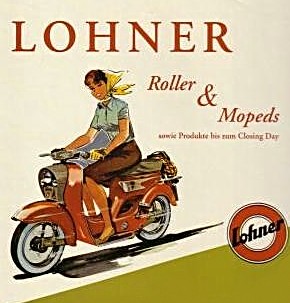
It is now more than 100 years ago that Gottlieb Daimler, together with Jacob Lohner and Ferdinand Porsche, worked on an electrically driven post delivery vehicle. Already in 1913 the 3-wheeler was developed.
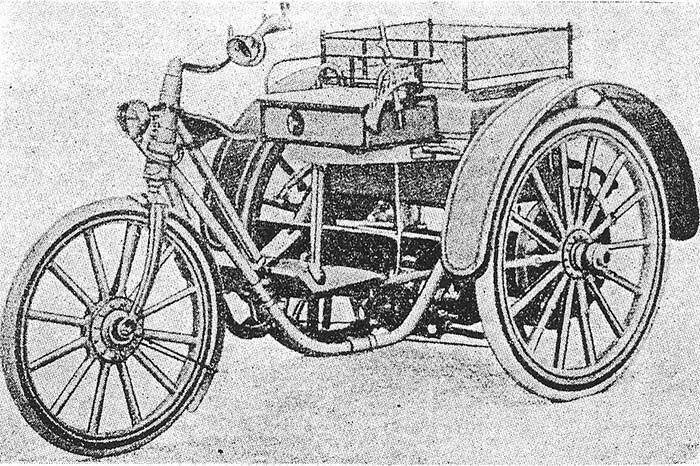
The Lohner company, started by father Heinrich in 1823, originally was a coach builder in Vienna. Throughout the years it grew out to a famous body shop.
In the early years of the 20th century the Austro-Hungarian Ludwig, son of Jacob Lohner, saw more in the airplane business. The Lohner Flugzeug factory first made civil airplanes, mostly bi- and triplanes, and later until the end of the First World War military airplanes.
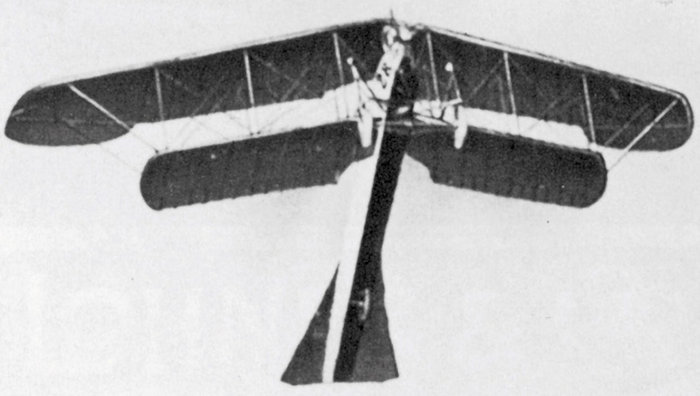
After 1918 no war material may be built, and Lohner switched to production of electrical trams and, in co-operation with Porsche, electrical and the first hybrid cars. In the Nazi era the factory was again used for all different kind of products.
After WWII the factory had to change again to civil products, and then the first scooters appeared. In 1948 the first prototype was presented and after a few years of development the first "roller" (German for scooter) was built in 1950, the L98 with a 98 cc engine from Rotax-Sachs. In 1953 the L200 and L200S joined, which were equipped with 198 cc JLO engines (JLO is actually ilo, the Esperanto word for Tool).
In 1954 the scooter that has already in 2012 been honoured with its own stamp by the Austrian Post appeared, the L125. This scooter model, again equipped with a Rotax-Sachs engine (this time 123 cc), is Lohners most famous and popular, and also best sold model.
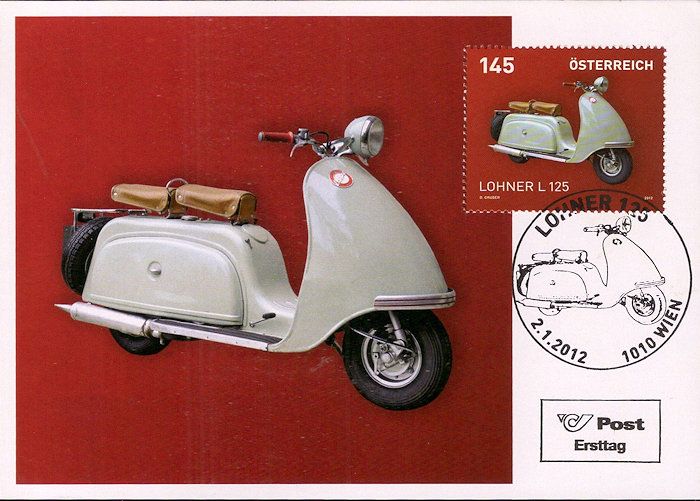
The L125 was especially popular because this model had a storage compartment in the front, before the knees, which could be reached in seated position, and because a kind of half bath-tub sidecar could be connected to it without large adaptations, which enlarged its usability pretty much.
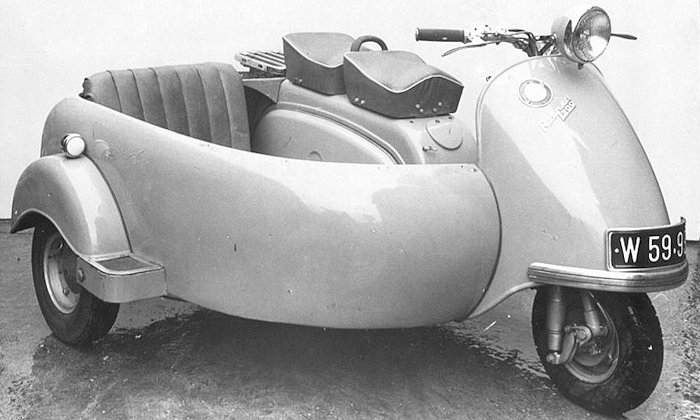
Like in many countries riding a motorized 2-wheeler with 49.9 cc was allowed without a driving license in Austria, but up to 1957 it was forbidden to transport passengers.
Richard Lohner, son of Ludwig and chief of the company, saw to his dismay every day his personnel going back home on Puchs, HMW's and other 2-wheelers with "his girls" illegally seated on
the luggage carrier on the back. Ludwig instructed his designers to design a light motorcycle, equipped with a buddyseat. This became the Sissy, named after the at that time very popular movie series with Romy Schneider. In 1956 the new concept was presented and in 1957 the Lohner Sissy entered the Austrian market.
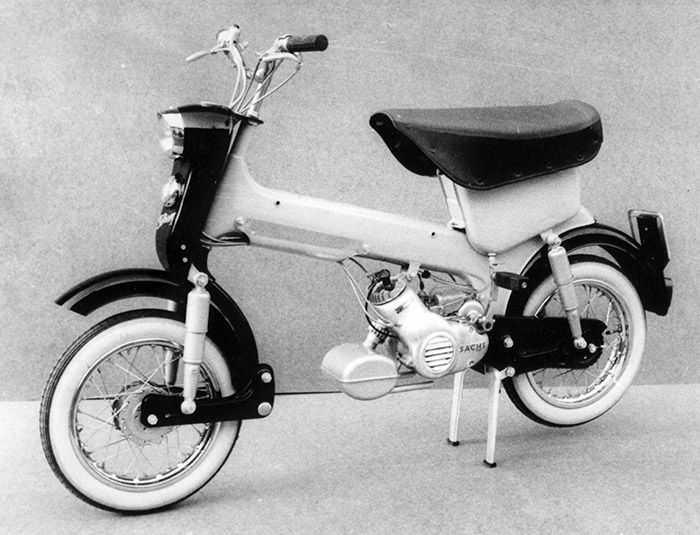
The Sissy was a bare concept, on which a large variety of accessoiries could be mounted.
Ex-factory a luggage carrier could be mounted, a floorboard kit with leg protection, or a detachable extra luggage "tank" between the handlebars and buddy (the actual fuel tank was placed underneath the buddy). And for those who still did not have enough storage space, there was a front wheel boot made of plastic with a lighting modification unit.
A moped like this was called in Austria "Die dicke Dame" (the fat lady).
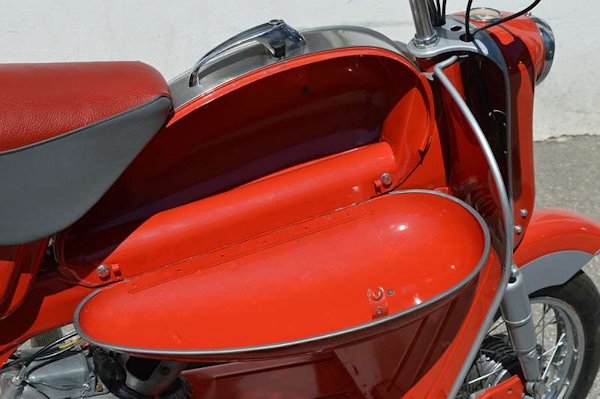
The luggage "tank"
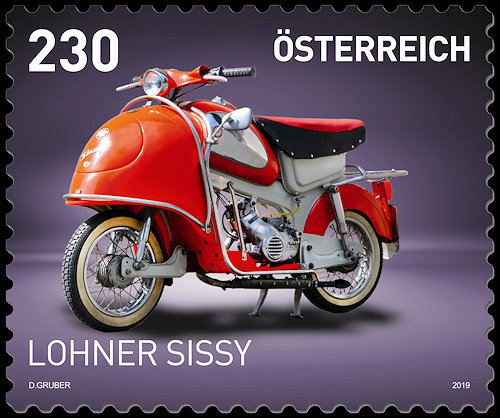
Stamp with the Dicke Dame
And when it became allowed in 1957 to transport a passenger (but there had to be some possibility for the passenger to hold him/herself, what in Europe turned out to be a belt or bracket between the seats), the Sissy equipped with buddy became a big success with in the period 1957 to 1959 more than 30.000 mopeds sold. The engine was a 49.9 cc Rotax-Sachs with 1.6 horsepower, but the tyres sized 2.50 x 12" were only made by Semperit. When this company stopped production the width was reduced to the still available 2.25", which did not have a positive effect on the riding properties.
Unfortunately the Rotax company came in financial troubles, and in 1959
Lohner rescued the engine manufacturer and Lohner and Rotax merged. The name Rotax was chosen to continue.
In 1960 an improved version, the Sissy II, appeared, and another year later the Sissy III. In 1963 the Sissy S (IV) appeared in 2 versions, one with 1.6 hp (without driving license) and the 2.2 hp version (license and registration certificate required).

But it did not go well with the company until the Canadian Bombardier started to use Rotax engines in its snowmobiles. In 1970 Bombardier bought the company, and this temporarily ended the Lohner history.
Until 2010! A far relative of the Lohners, Andreas, started under the name and logo of Lohner a small company that builds electrical 2-wheelers, scooters and E-bikes. This company closely works together with the new to launch (first) hybrid Piaggio MP3.
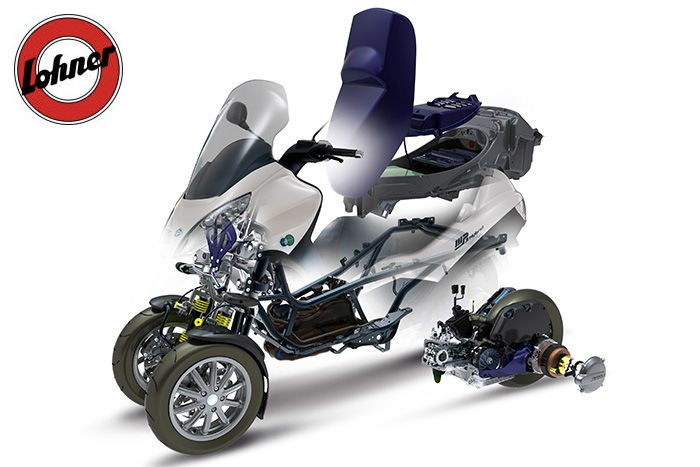
So, Lohner, to be continued.
Hans de Kloet
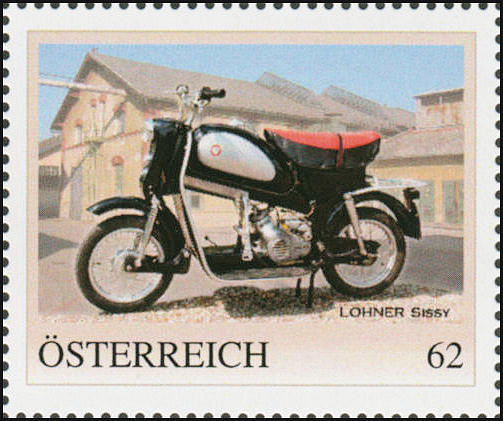
Personalized Stamp with Lohner Sissy, now without the large boot on the front
Top - Back to former page - Home |